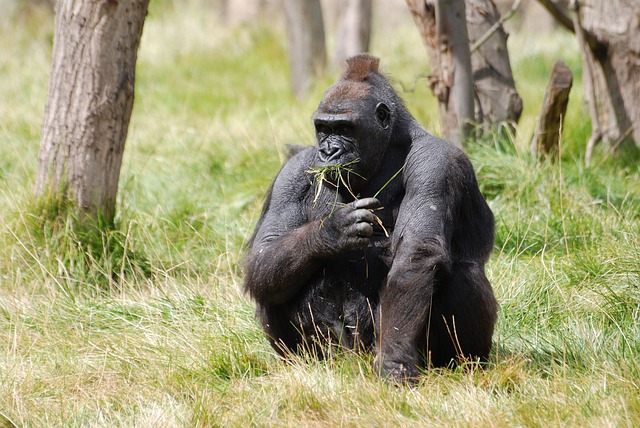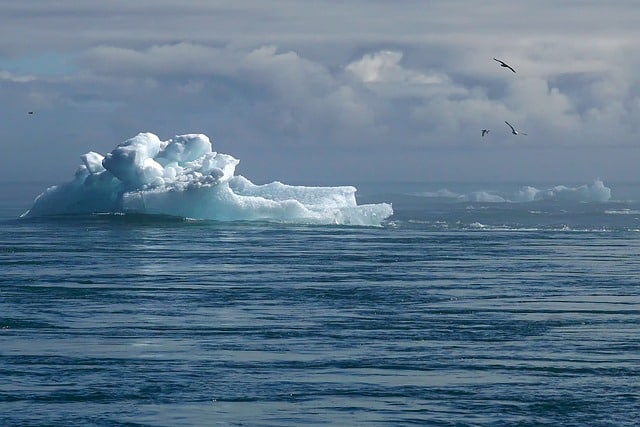
Autoecology is the relationship of organisms with their environment.
The analysis of the links that a species establishes with the environment is known as autoecology . It is a branch of ecology : the science focused on living beings as members of an environment, dedicated to the study of the relationships that organisms develop among themselves and with said environment.
Elementary level of ecology
The term autoecology began to be used in 1910 . It can be said that it constitutes the elementary level of ecology , since it examines species based on their interaction with what is around them.
Autoecology, in this framework, looks at how species adapt to biotic factors and abiotic factors in the environment. This process involves a successive modification, with the different generations, of the ethological, morphological and physiological characteristics of the specimens.
These adaptations investigated by autoecology can be seen in multiple situations and cases. The hibernation of groundhogs is an example. These animals spend several months in their burrows during the coldest time of the year, thereby minimizing the expenditure of resources and being able to survive in the face of climatic adversity.
Temperature, the arrival of solar rays to the surface, wind and pollution, among many other variables, affect the autoecology of a species. These issues force living beings to change (or, more precisely, to evolve ) to be able to survive, develop and reproduce. Without successful adaptation to the environment, a process can be triggered that leads to the extinction of the species.
Recognition
The species is considered the fundamental functional unit of every ecosystem , and its individuals share a certain number of adaptations to their environment, which act directly on their ecology. According to autoecology, recognition is the ability to find potential partners within one's own species to reproduce, distinguishing them unequivocally from individuals belonging to other species. To do this, some animals focus on the presence of certain pheromones or the display of dances and songs.
If animals did not have this resource, their chances of reproducing would be very reduced, and they would present great instability. If they crossed with other species by mistake , they would expose themselves to the spread of various diseases , in addition to giving rise to the emergence of new subspecies that would not have enough time to adapt to their environment. Nature pursues balance , and that is why each of its components is born with well-defined functions, including the tools to relate to its environment.
Needs and balance
The population of each species, except ours, remains within certain limits that change dynamically to adapt to the conditions of its habitat. Animals seek a balance between the number of individuals in their group and the resources they have at their disposal to feed themselves and establish their settlements .

Species must adapt to conditions such as climate change to survive.
Of course, climate changes, catastrophes and the constant invasion by humans very frequently alter their natural spaces, and this forces them to adapt to readjust their numbers until they reach a new balance. Thanks to the similarities that individuals of the same species usually have, such as their dietary and environmental needs , as well as their tolerance to the climate, they can organize themselves more easily than people.
Through autoecology they find the most appropriate place for these needs to develop favorably . When some external factors prevent them from continuing to live in a habitat , they must make decisions that also start from their knowledge of the environment, such as starting a hibernation process or migrating elsewhere.
